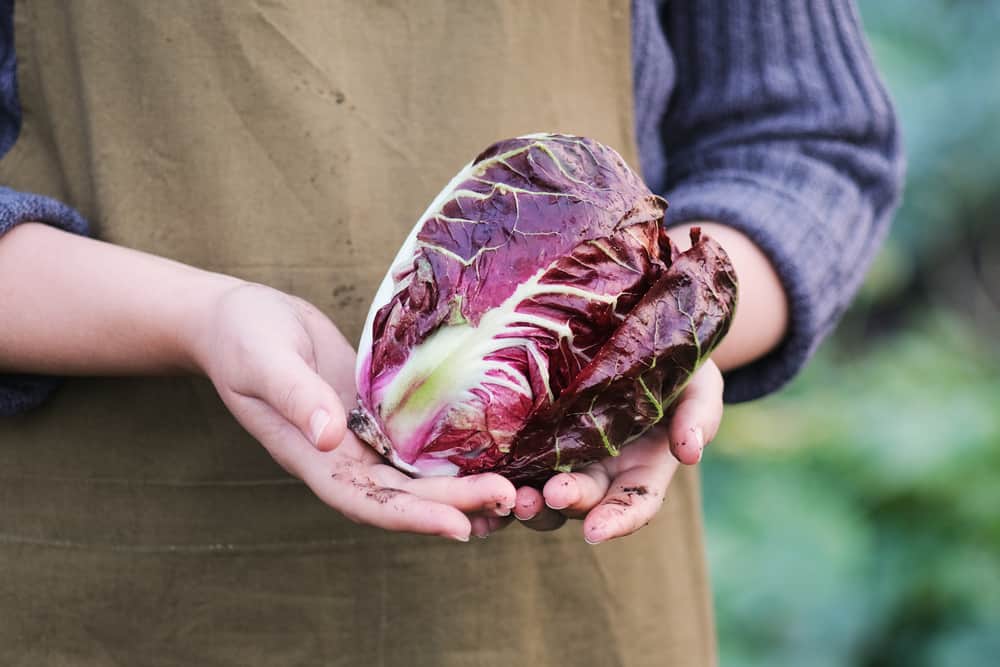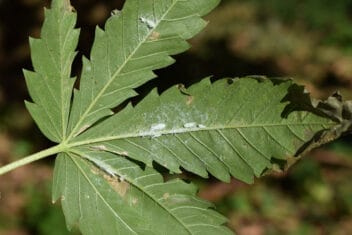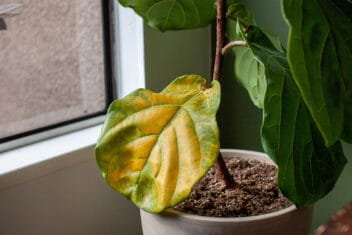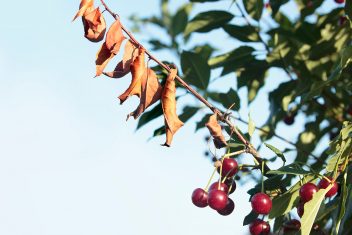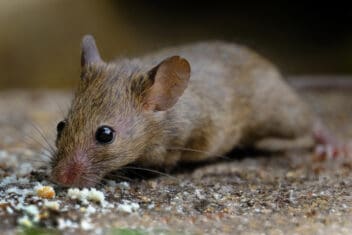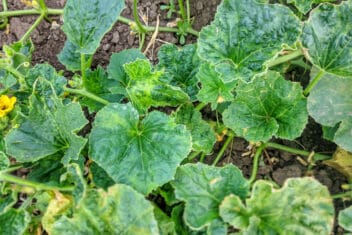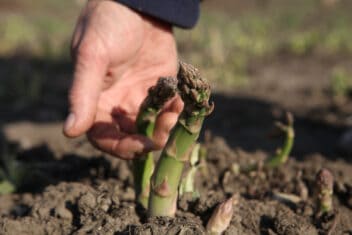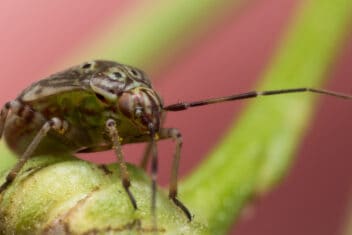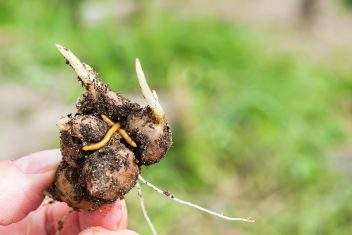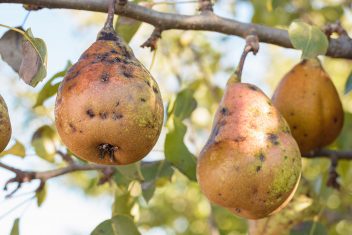If you like exciting salads, radicchio is probably a regular in your garden. It adds a pop of color and a burst of bitter, radish-y spice. While they’re fairly reliable producers, you’ll eventually come across radicchio growing problems that, left unchecked, can deny you your tasty harvest.
Lately, radicchio has been seeing a revival. More gardeners are giving this treasure a try.
It’s exciting to see old varieties popping up in modern gardens, but there still isn’t much support for those of us troubleshooting our radicchio growing problems. This guide aims to fill that gap so you can enjoy your bitter greens.
Problems and Their Solutions
I love topping salads with radicchio when there’s something heavy on the menu – like pierogies or pot pie. Bitters – whether as a tonic or in the meal – aid digestion. That means adding gently bitter radicchio leaves to my salad makes the whole dinner a little fresher, and a lot easier to digest.
But radicchio has other gifts. Along with spicing up a plain salad, radicchio leaves taste great sautéed in olive oil. The roots of radicchio can be roasted to create a delicious coffee alternative. Radicchio is the cultivated form of chicory, and chicory makes a delicious morning drink.
Radicchio is a hardy, cool weather crop. It’s not plagued by many of the pests who flock to brassicas and squash, but even radicchio can struggle to grow if the proper conditions aren’t met. But because radicchio hasn’t been extremely popular, many growers are left without guidance when their plants struggle.
Even the PNW Radicchio Association is more concerned with promoting this crop than guiding new growers through their radicchio growing problems.
Below are 13 problems and ways to solve them:

1. Flowers Forming
Flowers are lovely on rose bushes, but on radicchio, it means something went wrong. The plants go to seed when they are ending their lives and reproducing. We don’t want them to do that because the leaves turn tough and even more bitter.
Bolting, as this is called, is caused by several different things. Hot weather, dry soil, and long days can all cause bolting. While you can’t control the weather, you can do your best to keep your plants happy.
Make sure you plant early or late enough in the year that your plants won’t be maturing during the longest days. Always provide plenty of water and don’t let the soil dry out for too long. As for heat, the most you can do is provide some shade during the hottest parts.
You can also find cultivars that have been bred to be bolt resistant. Look for those if you struggle with bolting.
2. Failing to Thrive Despite Good Conditions
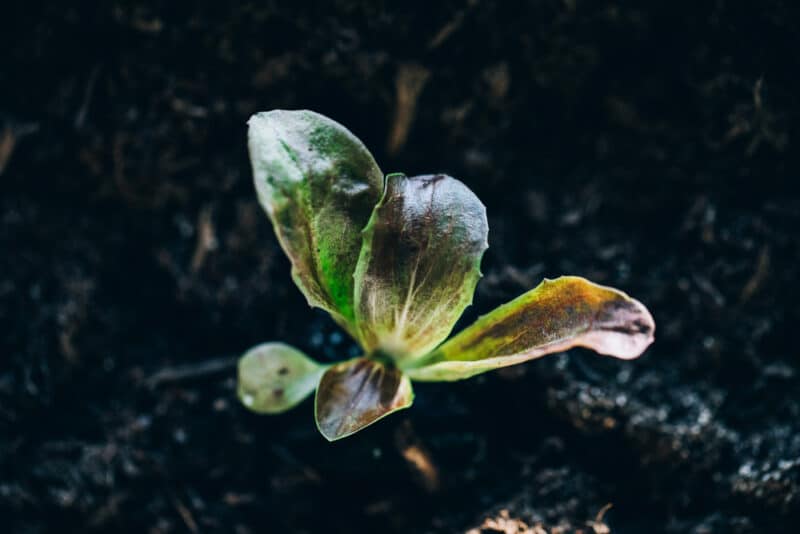
In most grocery stores, if there’s radicchio in the produce section it’s one type: small, purple-red, crisp, and bitter. But, like so many vegetables, grocery-store options are only the tip of the iceberg. Radicchio comes in a wide variety of colors, leaf patterns, and flavors.
Some grow best in temperate areas, while others thrive in the chilly north. Some are closer to wild chicory and love poor soil, while others need a bit more care. Before picking your seeds, it’s a good idea to find a variety that will thrive in your garden.
If you choose the wrong kind, it will likely have a hard time growing well despite your most attentive care.
Try talking to your local extension office for specifics on which cultivars will do best in your neighborhood to avoid radicchio growing problems.
3. Stunted Growth
Since radicchio is a cool-weather crop, it’s important to get the timing right. Most American growers are planting radicchio in the autumn. For most radicchio varieties, this means starting seeds 8-10 weeks before the first frost.
I start my seeds in late July to catch the mid-October frosts. Like cabbages, the cool weather causes your radicchio plants to produce more sugars – making a sweeter, more flavorful harvest.
Radicchio can also grow as an early spring crop. Start the seeds indoors 4-6 weeks before the last frost and move them outside when the temperatures are still cool, but not cold. Harvest before the summer heat starts to wilt your plants.
Radicchio will not thrive in hot weather. Hot, dry, summer weather will make the leaves even more bitter and cause the plant to bolt and die.
4. Bolting and Large, Bitter Leaves
Too many modern gardeners like to give every plant a nice boost of fertilizer on a regular schedule. We just want to help our plants, but trust me, radicchio won’t appreciate it. Over-fertilizing radicchio will make the plant more bitter.
Enrich the soil with well-composted manure (avoid poultry manure in this case) and mix in a little bone meal and potash. Then, pop in your young radicchio plants and walk away. Resist the urge to fertilize after that, especially with high-nitrogen fertilizers. Too much nitrogen will burn away all the sweetness in radicchio and cause the plant to bolt quickly.
5. Ragged Holes in Leaves
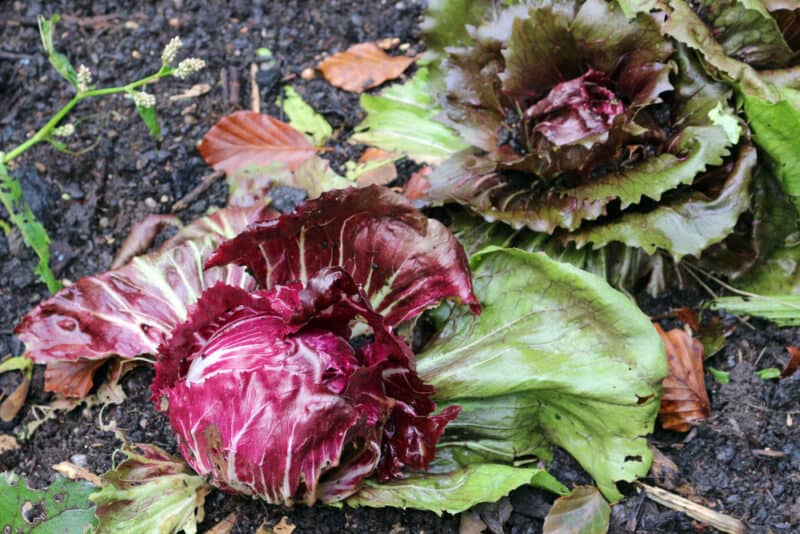
Fortunately for us, radicchio hasn’t attracted as many pests as the more common garden veggies. Cabbage loopers will occasionally attack radicchio plants, but they seem to do so out of confusion – is this a cabbage? Nope, but I’m here anyway so I might as well eat.
Snails also chomp on the foliage, leaving behind ragged holes.
As far as radicchio problems go, it’s an easy one to fix. Go outside and pluck any crawlies that you see and drown them in soapy water.
6. Plants Die Suddenly
Voles love radicchio roots. Maybe because, as nocturnal creatures, they need a little boost of coffee-substitute to get through their long nights of raiding feed bins and raising up baby voles. We have a soft spot for voles at my house. In fact, my kids name each one they see and cry if a dog or cat kills it.
Hopefully, you’re a bit more hardhearted when it comes to these little raiders. Mousetraps will catch voles, as will cats, some dogs, foxes, and snakes. But the voles who are eating your radicchio roots are doing so safe underground.
If they’re overrunning the garden, try using a small screen mesh under your beds to prevent the voles from tunneling towards their snack. You can also plant mint around the radicchio plants – the scent drives away mice and voles. But be careful, mint spreads quickly.
7. Ants
When ants notice a stand of radicchio in the garden, they start to congregate. They don’t actually eat the plants, but as they crawl all over your plants, they attract aphids and other pests. If ants have started to discover your plants, spray them off with a hose and then try to keep the soil around your plants moist.
The ants aren’t usually willing to crawl through the damp soil simply to explore all the exciting scents of chicory.
If you see ants look much closer for signs of other pests like aphids. You rarely see one without the other. Rather than being a pest, ants are a sign that you have other radicchio growing problems.
8. Shot Holes Throughout the Leaves
These tiny, shiny, leaf-hoppers love the gently bitter taste of young radicchio leaves. They prefer the cool temperatures in which radicchio thrives, and they spend their time chewing holes in leaves. For young plants, these beetles can be fatal. Older plants just end up looking worn and haggard.
Insecticidal soap does a great job on flea beetles. I like to add a little rubbing alcohol or neem oil to the recipe as well to help the soap break through the shell of the beetle. Try 1 part alcohol to 5 parts water and 1/10-part liquid dish soap.
9. Powdery or White Spots on Leaves
The most common diseases for radicchios are downy mildew and powdery mildew. Both of these diseases appear first on the leaves of the plant. Powdery mildew creates powdery, white spots on the leaves, while downy mildew appears as a downy, gray mold.
With radicchio, the best treatment for mildews is the removal of affected leaves and a few treatments of a natural fungicidal spray. Try one with neem oil or copper in it to stop the spread of mildews, or mix your own spray made of macerated garlic and ginger.
10. Reddish-Brown Spots
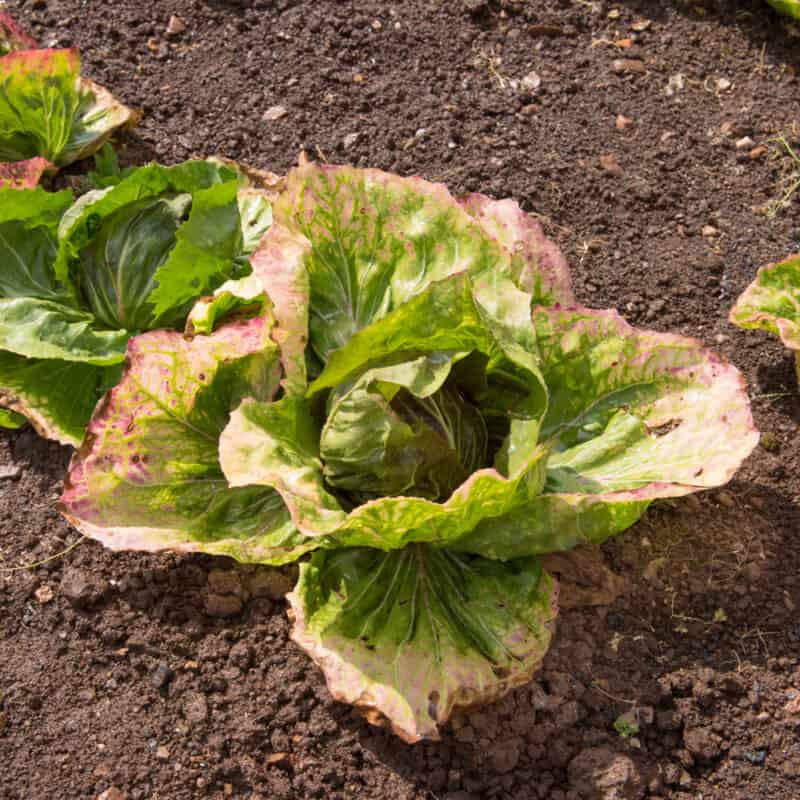
Of course, mildews aren’t the only diseases that can affect radicchio. Bacterial infections are less common, but harder to fight off when they do appear. Bacterial diseases like Alternaria leaf spot and Anthracnose are almost unstoppable once they’ve infected your plants. The best way to fight these infections is with strong preventative measures.
Space your radicchio plants well, and water at the base of the plant, instead of overhead. Weed your garden consistently and carry away leaves, debris, and other clutter. Your goal is to have air circulating well around and in between the plants.
If you see signs of Alternaria leaf spot, such as small, reddish-brown spots on the leaves of any plant remove all infected plants immediately. Don’t compost them, burn, or throw them in the trash. Bacterial infections are incredibly contagious. They can spread rapidly throughout your garden. These infections can even linger in the soil, ready to attack next year’s garden as well.
Clear all plants from the area and cover them with a clear, plastic tarp. Leave the tarp down through the hot, sunny days of summer and let the sun scorch out the bacteria. This practice is called solarizing the soil and it is an effective way to kill many harmful bacteria.
11. Dark Water Soaked Lesions or Dry Spots
Anthracnose is a fungal disease caused by the pathogen Microdochium panttonianum. It appears as dray, brown spots on the leaves which eventually turn to dark, water-soaked lesions.
It can be difficult to eradicate, though regular treatments with a copper-based spray can help. Instead, avoid it by spacing plants appropriately and watering at the soil level rather than on the foliage. You should also be sure to rotate your crops.
Of the many radicchio growing problems on this list, this one takes more careful monitoring and diligent treatment than most others.
12. Seedlings Dying
If you’re starting your seedlings in the house, keep an eye out for dampening off disease. These fungi (Pythium spp. and Rhizoctonia solani) tend to attack indoor seedlings. When the young, healthy plants suddenly wilt and die dampening off is usually the culprit.
The fungi thrive in damp soil, especially in conditions with low light and little airflow. It spreads indoors because it can circulate in the air, especially if you’re using a humidifier in the house. Use fresh potting soil and always clean your tools and containers with a bleach and water solution. Space your seedlings well and give them plenty of light.
You may have to invest in a grow light if you’re starting seedlings in winter or early spring.
13. Wilting Leaves
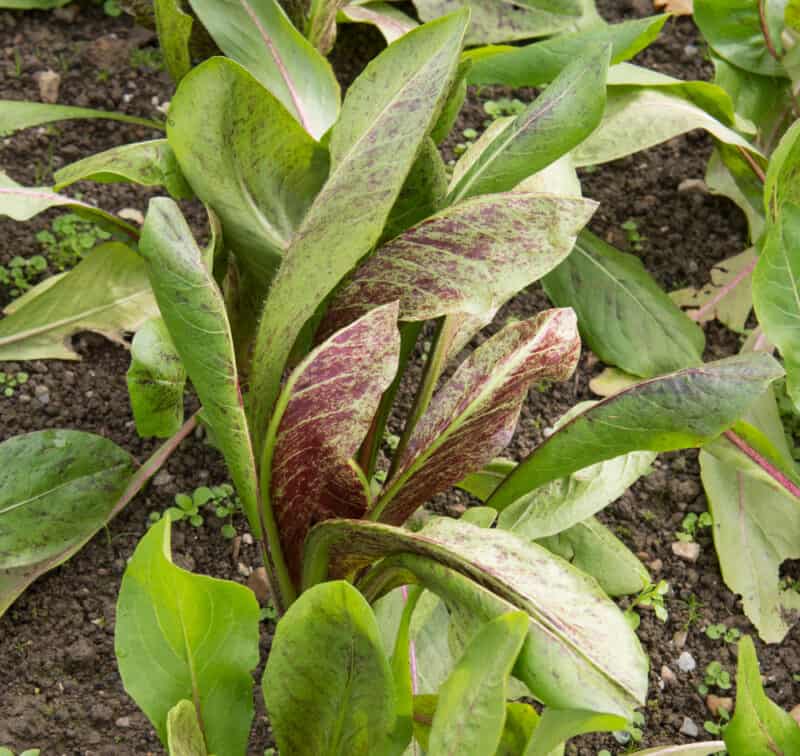
If the leaves of your radicchio start wilting, it can be one of several causes. The first and most common is simply a lack of water. If that’s the case, water more regularly, especially if the weather is warm.
Wilting can also be a sign of black rot or Alternaria. See above for how to identify and treat those issues.
